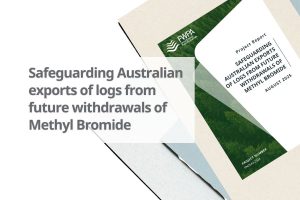The efficiency of the energy-intensive pulp and paper manufacturing process could be significantly enhanced through improved mathematical modelling and simulation techniques.
The proposed approach has the potential not only to improve production processes and maximise energy efficiency, but also to reduce variability in product quality.
The results could ultimately provide better economic and environmental outcomes for various stakeholders across the forest and wood products supply chain.
A thesis out of Karlstad University outlines the results of research undertaken by doctoral student Daniel Ekbåge, who made use of the vast amounts of valuable process data generated during the various aspects of paper production.
The data was used to perform robust statistical analysis and develop a range of models outlining the opportunities and limitations associated with the production techniques involved. The models can be used to provide a better understanding of underlying patterns and systematic variations, potential energy efficiency improvements and prediction of paper properties.
If adopted by industry, these models could be applied to improve the process of paper production, for better quality products and a reduced use of energy.
The study largely centred around providing insights into the mechanical pulp process, whereby wood chips are mixed with chemicals, and then processed with mechanical loads under the heightened temperatures of a refiner.
Meanwhile, sub-studies investigated energy recovery during the evaporation process, modelling of the strength properties of the paperboard and mapping material property developments associated with grade change.
“Process and quality data at the mill is a valuable asset that can also consist of complex correlations,” explained Ekbåge.
“It has been interesting to study how modern calculation techniques can provide support for improved production. My study also emphasises the importance of the combination of knowledge about both the process and different modelling methods when evaluating the applicability of a model in the production process.”



